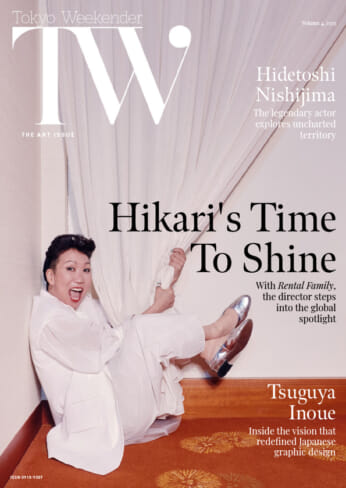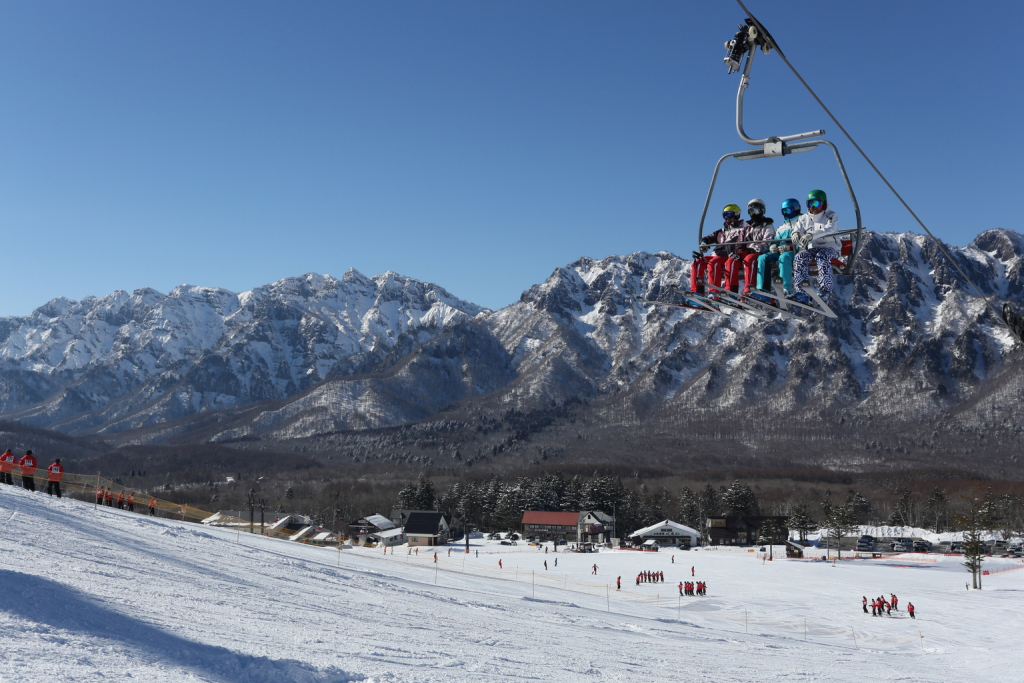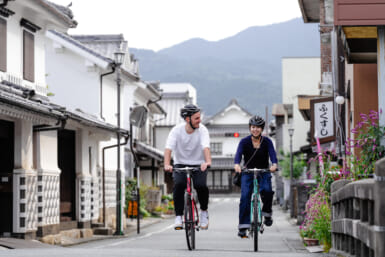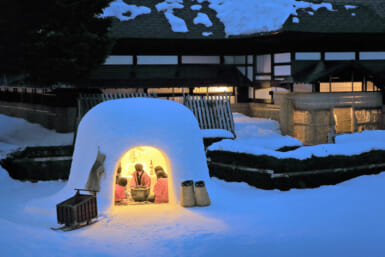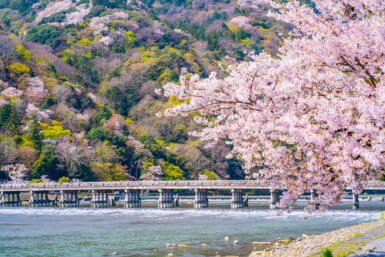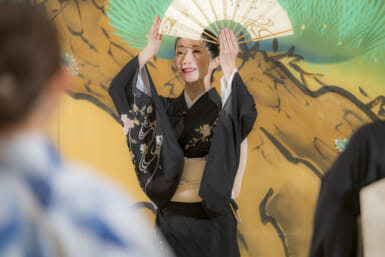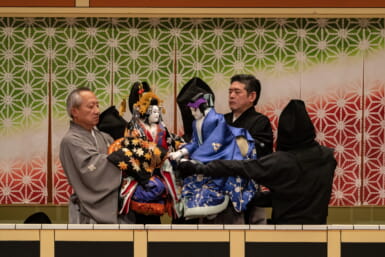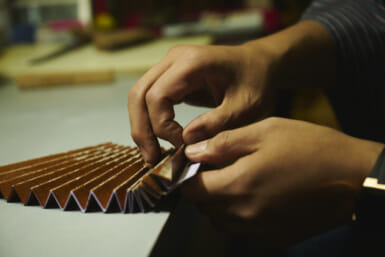Japan is blessed with beautiful mountain ranges, which provide winter athletes with all the snow and slopes they could dream of to ski or board their way down. Located near Nagano City, Mount Togakushi is home to beautiful shrines accessible through both roads and hiking trails in the summer. At the top, if you’re lucky and the weather is clear, you can see the Sea of Japan peeking through the horizon. Look the other way, and you see Mount Fuji, too. Come winter, however, and the mountain turns into a powder hound’s paradise. The region boasts light snow in endless quantities and is a favorite hidden haven for skiers.
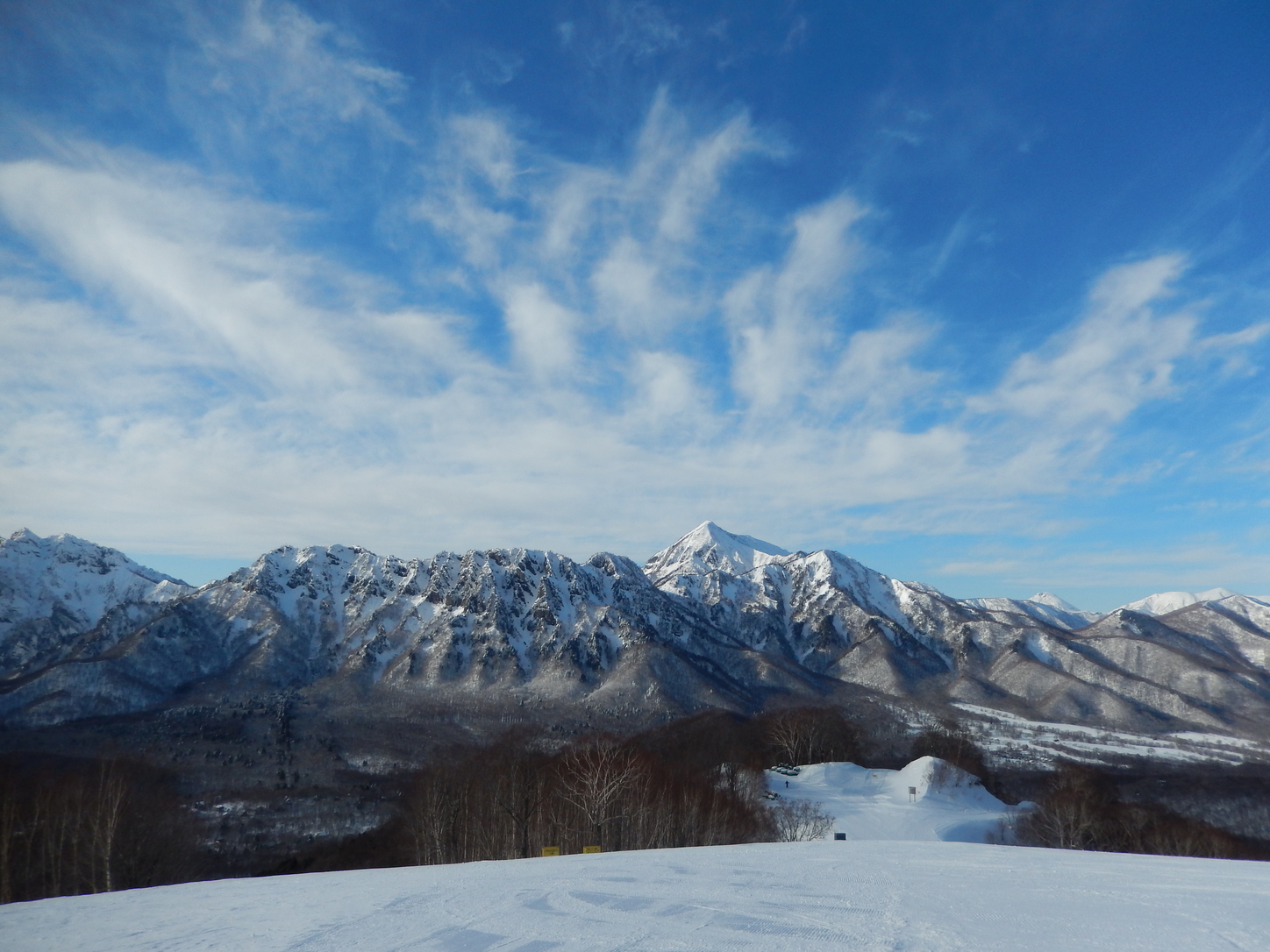
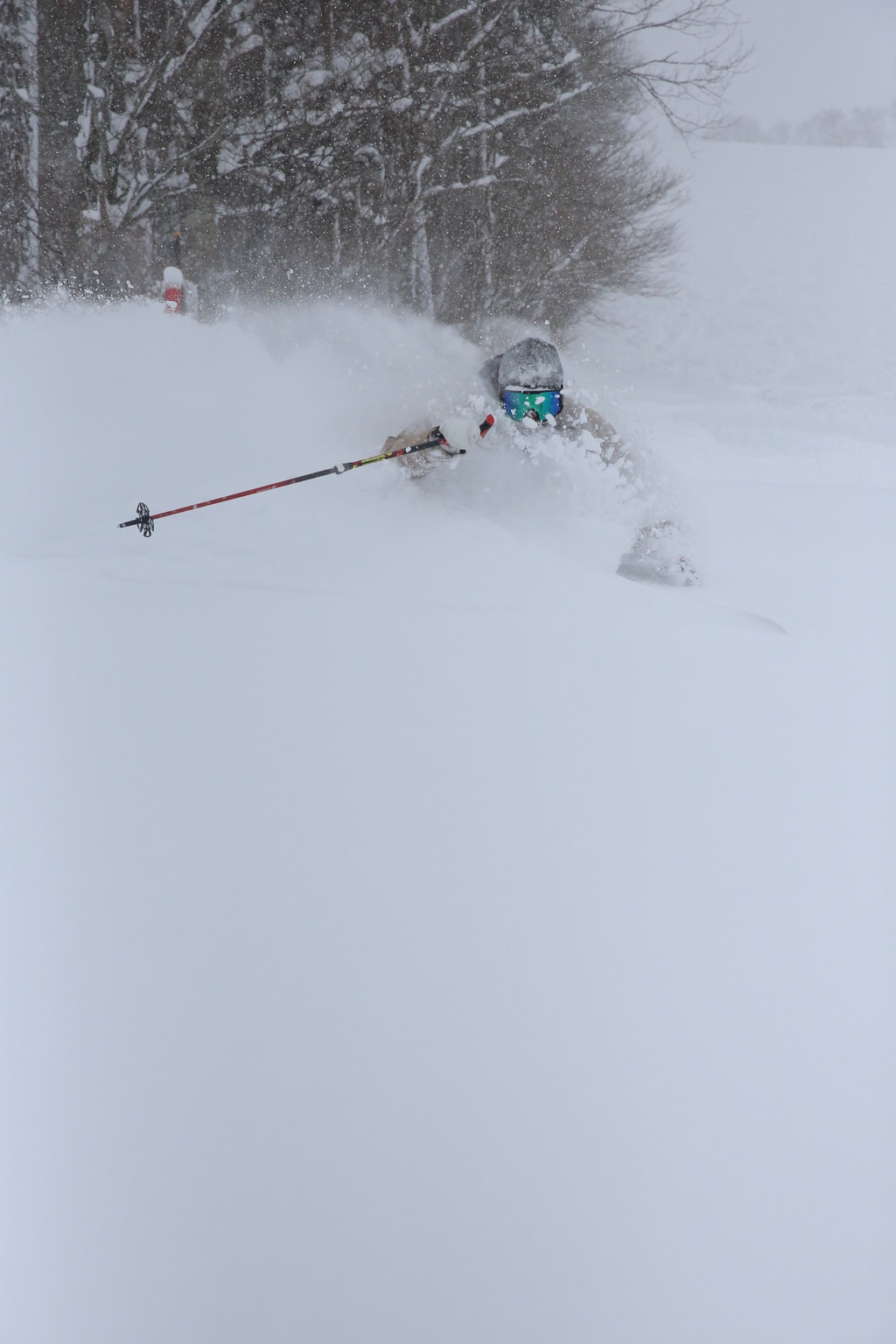
The Togakushi Ski Resort sits comfortably at an altitude of 1,300~1,750 meters and opened for business in 1960, at the time when skiers had to ride horses up the mountain. Its location allows now only for breathless views of the Japanese landscape for snowy descents that are said to last until the end of March. Due to the higher altitude, locals also say the mountain’s powder has a superior quality to neighboring mounts.
You won’t find crowds of outdoorsmen here, and no lines to go up or down the mountain. Rather, enjoy a peaceful day in the sun, great if you’re a greedy skier who likes having tons of space to play. The Togakushi Ski Resort is a popular destination for families looking to introduce winter sports to their youngest members, and so the management opened a few courses meant to add a bit of fun to the learning curve. As the town is historically related to ninjas, you’ll find a track named after Japan’s secretive agents. Togakushi also offers plenty of intermediates and advance paths with a few trees to test your skills and reflexes.
Togakushi’s best feature, however, doesn’t rest in the slopes. While you’re sliding down empty lanes, enjoy the region’s picturesque landscape. Devoid of skyscrapers or cities surrounding it, this ski resort is not only a place to take advantage of the season, but acts as a winter wonderland retreat. When you’re tired of skiing, you can also cross Kagami Pond cross-country style.
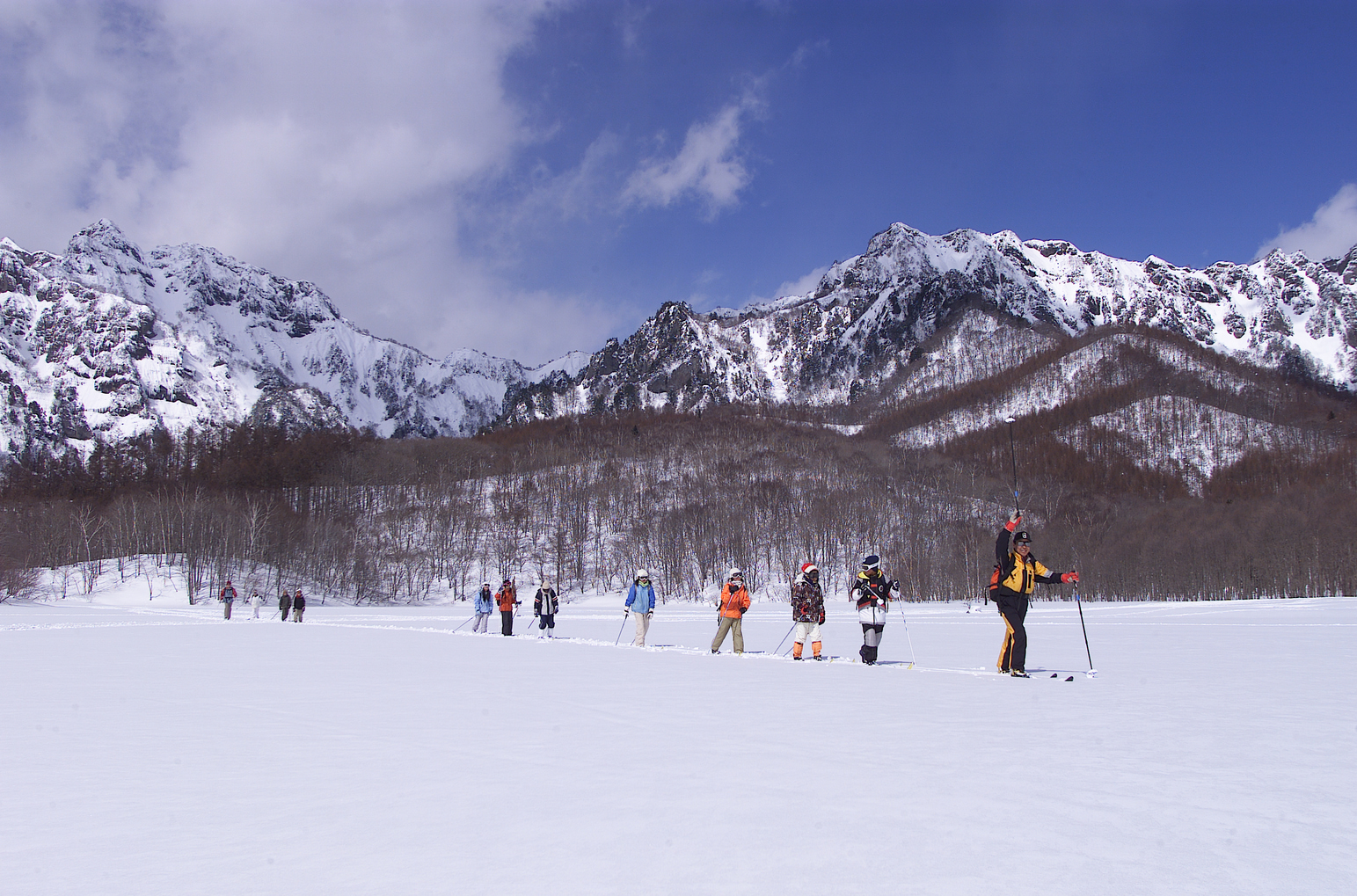
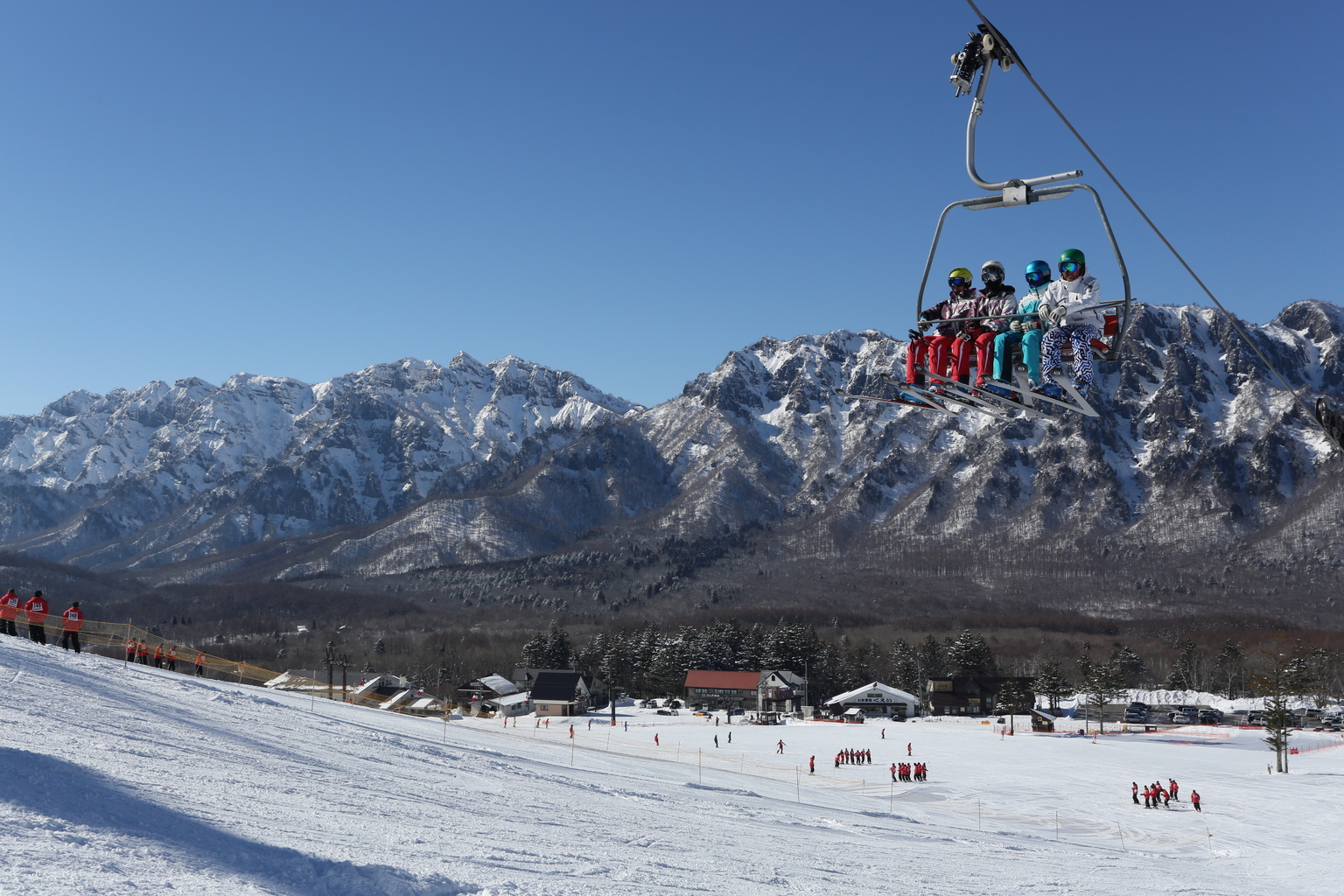
Of course, the resort is not far from some of the region’s best gastronomy. The city is also home to a very special type of soba, one of Japan’s big three types in fact. Often listed next to Iwate’s Wanko soba and Shimane’s Izumo soba, Togakushi soba is usually made from whole soba flour and uses Togakushi daikon radish as its main condiment. You’ll often find the dish served with seasonal vegetable tempura. The lightness of the noodles and broth makes this a quick meal to warm up before confronting the cold and hitting the slopes. There’s plenty to go around in the country’s best 30 stores located right here, in Nagano.
Togakushi is also known for being the home of famous bamboo-work, the art that handles and transforms bamboo trees into beautiful woven baskets and plates much like the one Togakushi soba is served on.
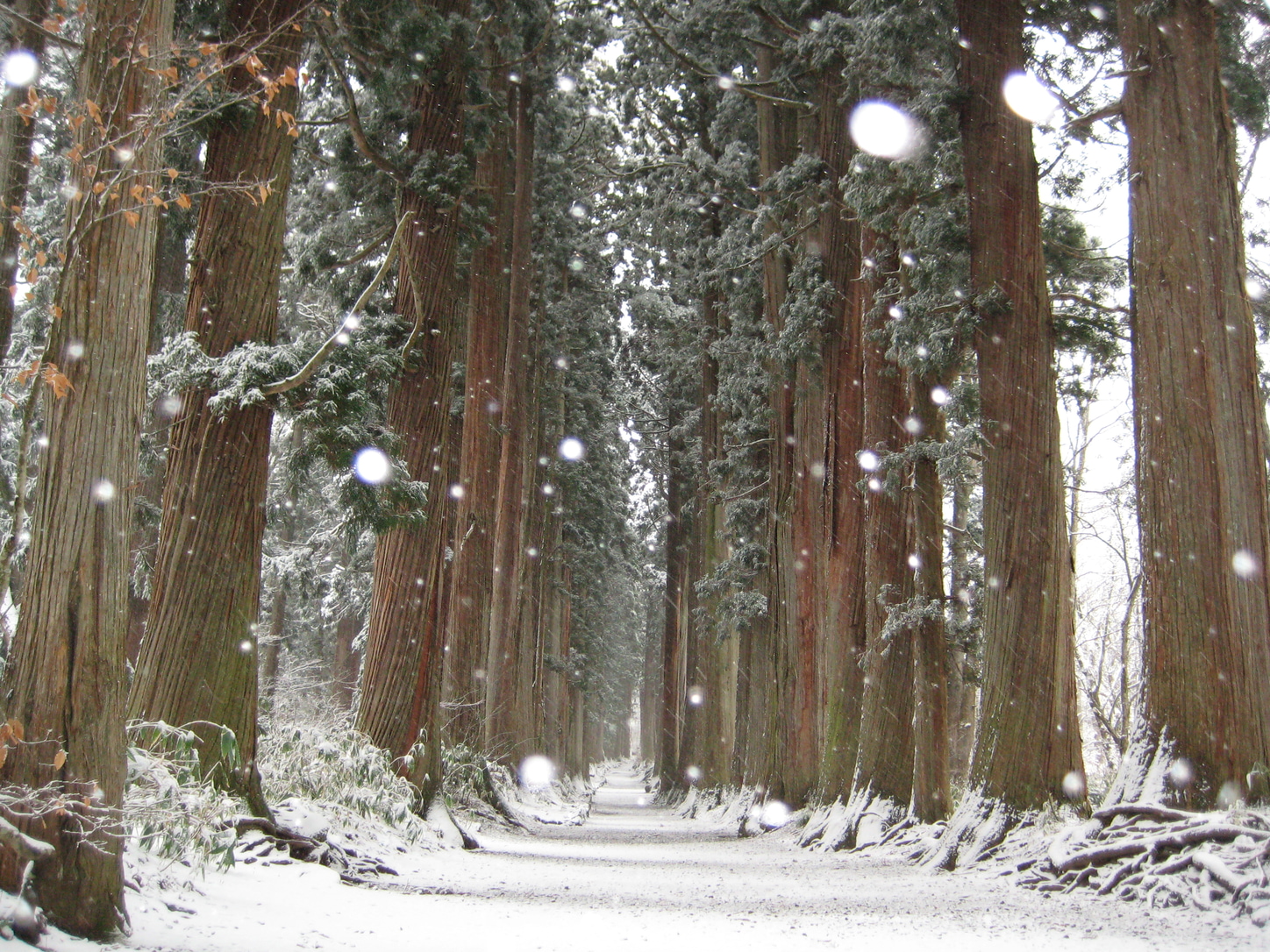
If you’re not much of winter sports kind of gent or gal, Togakushi has a few sightseeing spots up its sleeves. Though secluded and often unknown by even the most well-traveled local and foreign residents, Togakushi has a history that goes back to the Heian era (794 to 1185). This has left the area with many temples and shrines, the most important being Togakushi Shrine.
The shrine is said to have played an important part in one of the founding stories in Japanese mythology in which the Sun Goddess Amaterasu hides in a cave in Kyushu before a fellow diety threw away the stone door. The door is said to have flown all the way to Nagano Prefecture, specifically Togakushi, which is how the city got its name, literally translating as “hiding door.” In winter, the sun rises and shines above the shrine.
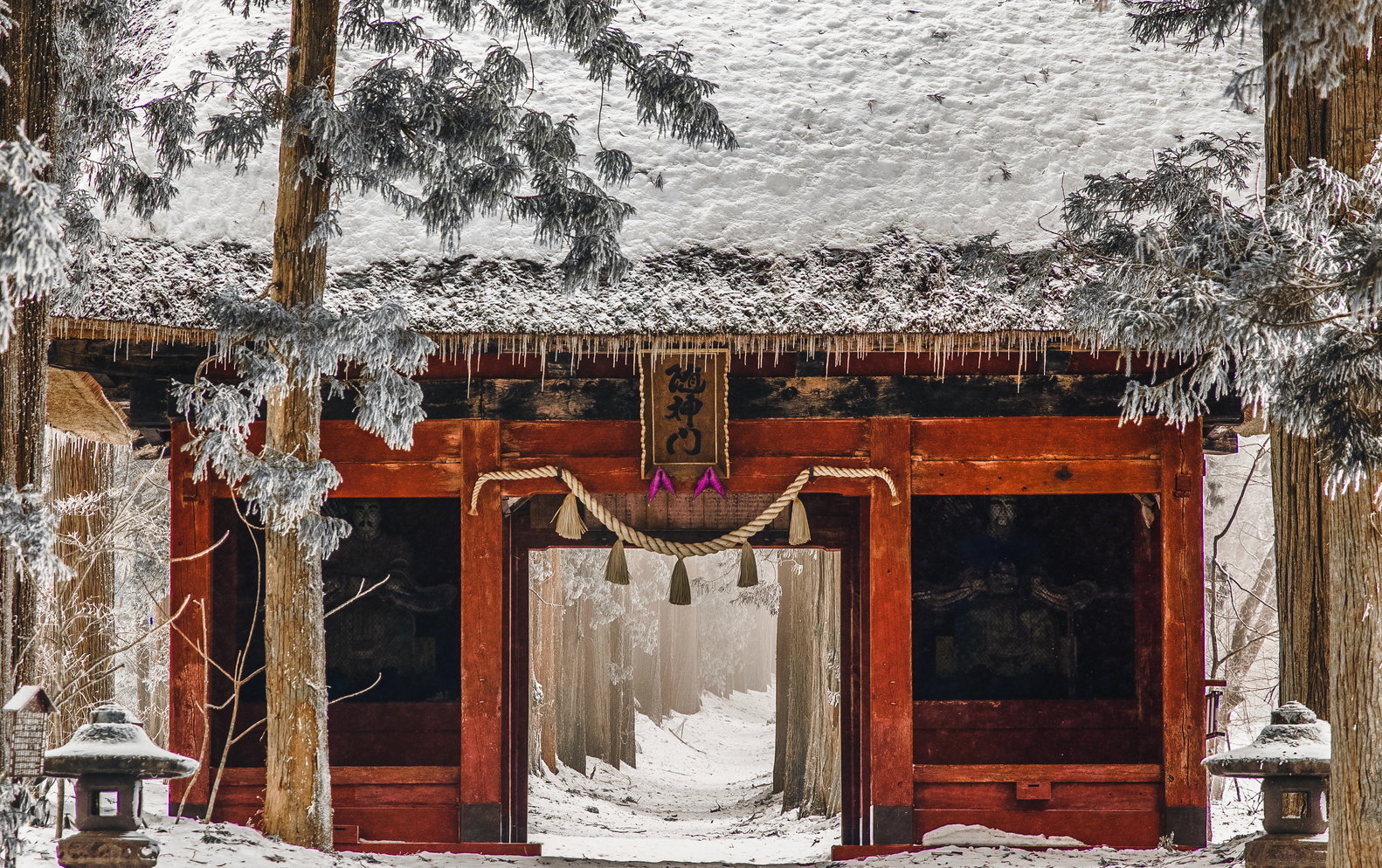
How to Get There and Around
From Tokyo, Tokagushi makes for a perfect weekend getaway, with the total travel amounting up to roughly two and a half hours combining a shinkansen ride and local trains. If you’re really keen to get those snapshots of Japan’s winter landscape, consider renting a small car or even a camping van to stop along the way. From downtown Tokyo, the trip would clock in at a comfortable three hours.
[Sponsored]
Updated On December 26, 2022
